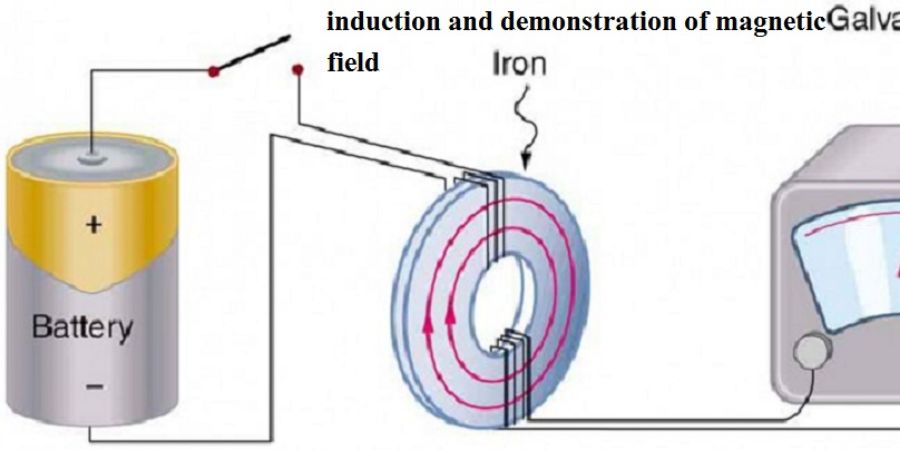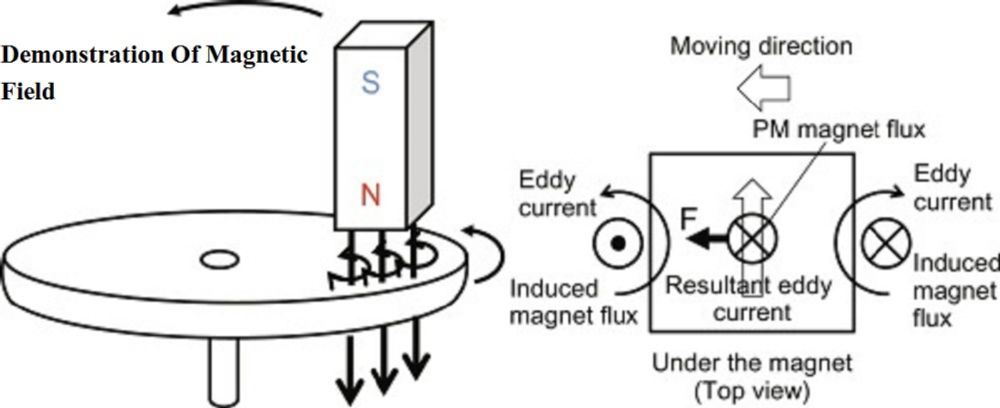

Only a certain no of magnetic lines can be crowded into a piece of material. this varies with each type of material but when the maximum number has been attained the materials are said to be saturated. this phenomenon is made use of many places of electrical equipment.
The property of magnetism may be induced or introduced, in a piece of materials that do not ordinarily have that characteristic. if a piece of unmagnetized soft iron is placed in the magnetic field of a permanent magnet a soft iron assumed the properties of a magnet, it becomes magnetized. this action or process is called magnetic induction and arises from the fact that magnetic lines of force tend to flow through a material witch offers less reluctance than air to their passage.
when the line of magnetic field passes through the soft iron bar, the molecule of the soft iron up parallel with the line of the force, and with their north poles pointing in the direction that the line of the force is traveling through the iron. magnetism then, is included in the soft iron bar and in the polarity indicated.
if the permanent magnet is removed, the soft iron bar will lose a good deal of its magnetic quality. the amount of magnetism that remains is called residual magnetism. the term "residual magnetism" is encountered later in this course and in the study of generators.
Demonstration of magnetic field:-

To show that, unlike the magnetic poles that attract each other, the instructor brings two bar magnets near each other the north poles of one magnet approaching the south poles of the other. notices that the magnets not only come together easily but attracted each other strongly, showing that unlike poles attract. however, when the two magnets are brought together with similar poles opposing, it is difficult to force the magnets together, indicating that like poles repel each other.
When Demonstration of repeal using horseshoe magnets, the results are the same -like poles repel, unlike pole attract. to show how to line force from a magnetic field around a magnet, the instructor will use a bar magnet, horseshoe magnets, and iron filing to trace out a pattern of the magnetic field. he places a sheet of lucite over the magnet and the sprinkles iron filing on the lucite.
Observe that the iron filing does not evenly cover the sheet of lucite. instead, they arrange themselves in a definite pattern, with many more filing attracted to the poles of the magnet than to other places on the lucite.
